12 FRCM - Approved
12 FRCM - Approved
Latest approved methodology for sharing costs incurred to ensure firmness and remuneration of long-term transmission rights
ACER grants regulators more time to decide on a new method for calculating electricity reserves
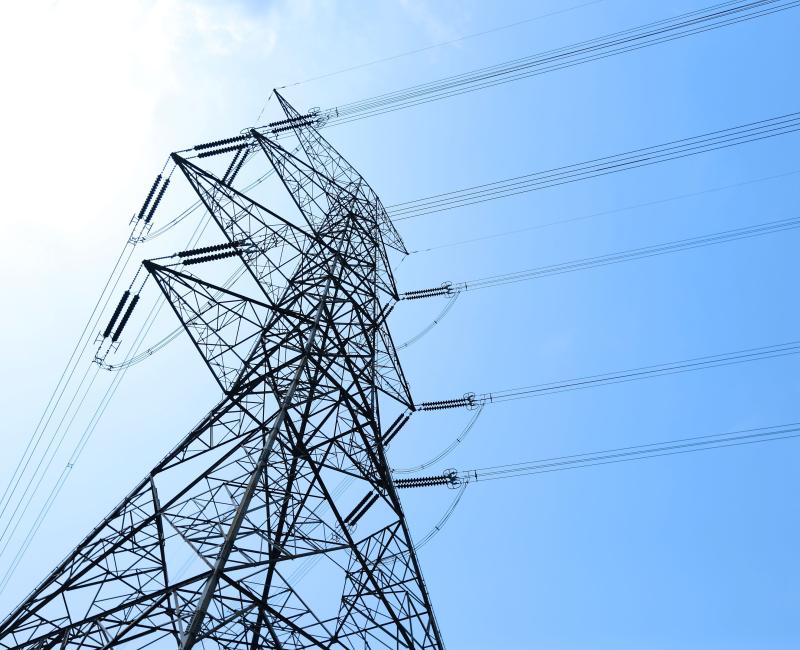
ACER grants regulators more time to decide on a new method for calculating electricity reserves
What is it about?
On 22 May 2024, the National Regulatory Authorities (NRAs) of the Continental Europe Synchronous Area requested from ACER a six-month extension to decide on the Transmission System Operators’ (TSOs') proposal to introduce a probabilistic dimensioning approach of Frequency Containment Reserves (FCRs). This new approach aims to improve how FCRs are calculated to stabilise the power grid’s frequency during supply and demand imbalances.
On 23 July 2024, with its Decision 10/2024, ACER has granted the extension requested by the NRAs, who now have until 17 January 2025 to reach an agreement on the TSOs’ proposal for probabilistic dimensioning.
The countries of the Continental Europe Synchronous Area are Austria, Belgium, Bulgaria, Croatia, Czechia, Denmark, France, Germany, Greece, Hungary, Italy, Luxembourg, the Netherlands, Poland, Portugal, Romania, Slovakia, Slovenia, and Spain.
What does Frequency Containment Reserve (FCR) mean?
Under the EU Network Code on System Operation, FCRs (also known as primary control reserves) are active power reserves used as a first response to stabilise the power grid’s frequency after an imbalance between supply and demand.
In the event of a frequency deviation (e.g. following a planned or unplanned power plant outage), their power output can be quickly adjusted to restore grid stability.
Why consider probabilistic dimensioning for FCR?
Historically, TSOs in this region have used a ‘deterministic’ criterion for FCR dimensioning, ensuring that the FCR can handle frequency deviations resulting from the worst-case system outages, typically set at 3000 MW.
In November 2023, TSOs proposed a ‘probabilistic’ dimensioning for FCRs, which considers load and generation patterns, as well as inertia factors (such as synthetic and real-time minimum inertia). This approach aims to enhance the power system’s resilience by reducing the probability of insufficient FCR capacity to once every 20 years or less.
ACER and ENTSO-E investigate the 21 June blackout in the south-eastern part of the Continental Europe power system

ACER and ENTSO-E investigate the 21 June blackout in the south-eastern part of the Continental Europe power system
What is it about?
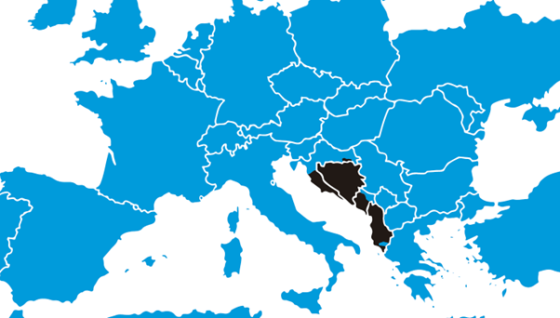
Following a blackout in the south-eastern part of Continental Europe on 21 June, ENTSO-E has set up an Expert Panel and has invited ACER and relevant regulators in the region to join it. Today, ENTSO-E, ACER and the regulators in the region convened in the first meeting of this Expert Panel.
The investigation of the Expert Panel will be based on the data collected and analysed by ENTSO-E experts. The investigation of the Expert Panel will be finalised with a final report to be published on ENTSO-E website.
On 21 June 2024 at 12:24 CET, due to a major incident in the Continental Europe power system region, a large part of the transmission systems of Albania, Montenegro, Bosnia and Herzegovina as well as Croatia suffered a voltage collapse followed by a total blackout in this area. The figure shows (in black) the geographic area affected by the incident of 21 June 2024 (in black). The rest of the Continental Europe power system was not significantly affected by the incident. Furthermore, thanks to the coordinated efforts of the affected TSOs the voltage on the 400 kV grid was restored within a few hours.
ACER and ENTSO-E will continue to provide timely information about the incident.
For latest updates on this incident and the next steps, check out the respective websites of ENTSO-E and of ACER.
ENTSO-E news:
Regulators call on the new European Parliament, Commission and Council to focus on key electricity and infrastructure challenges to deliver a decarbonised, consumer-centric and competitive electricity system in 2030 and beyond
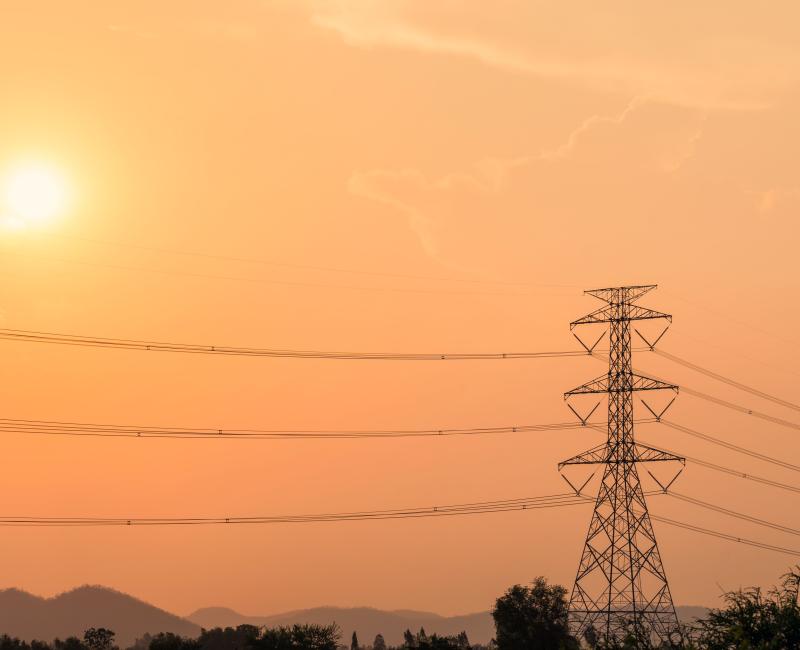
Regulators call on the new European Parliament, Commission and Council to focus on key electricity and infrastructure challenges to deliver a decarbonised, consumer-centric and competitive electricity system in 2030 and beyond
What is it about?
Today’s ACER-CEER position paper on the challenges of the future electricity system calls on the European Commission, Council and Parliament to prioritise five key electricity and infrastructure challenges throughout the legislative process in their upcoming mandate(s).
In short, the paper highlights the urgent need for Europe to facilitate the deployment of more intermittent renewables and to unlock a resilient, flexible and cost-effective electricity sector by
- Having an integrated pan-EU approach to electricity security of supply, with flexibility at its centre.
- Enhancing electricity distribution networks and empowering consumers in decarbonised markets.
- Moving quicker towards electricity transmission infrastructure development with an improved assessment at pan-European level, recognising and sharing the costs and benefits.
- Applying the ‘Efficiency First’ principle also to existing grids and generation, enhancing the capacity of what we already have.
- Recognising that independent regulators can help address these challenges comprehensively and strengthen Member States’ trust in the EU electricity market.
EU energy regulators are proposing a set of recommendations and commitments that will allow the EU as a whole and Member States to actively steer and harness the power of a new, rapidly emerging energy system that supports the clean energy transition. This includes:
- Providing Member States with the tools to support each other in safeguarding security of supply and reducing local flexibility needs, by reaping the lessons of the recent energy crisis.
- Exposing renewables producers and flexible resources (such as demand-response and storage) to market signals both at the investment stage and in daily operation, to moderate the costs of the energy transition.
- Applying ‘Efficiency First’ principles also to existing and soon-to-be-built grids (e.g. via innovative grid technologies to significantly increase the capacity of the grid). Furthermore, taking a more coordinated approach to grid development and usage moderates the needs and costs of additional network investment ahead.
- Being aware that integrated markets are a key tool to achieve competitive EU electricity prices and to unlock innovation, EU institutions should focus on improving the:
- electricity forward market (to support efficient investments);
- the day-ahead and intraday markets (for efficient operation of generation and flexible resources); and
- retail markets (for delivering the necessary flexibility and providing consumers with choices fitting their preferences).
- Unlocking distributed flexibility to reduce costs, by ensuring a fully neutral role of Distribution System Operators (DSOs) and that a range of pricing schemes (from dynamic to variable to fixed price contracts) is available to consumers.
- Anchoring the benefits of a truly European electricity market through Member State commitment and trust that electricity will flow smoothly across borders, making cross-border capacities fully available for trade, and empowering independent public authorities (including regulators) to safeguard open borders and energy security of supply to the benefit of all EU citizens and businesses.
ACER amends the EU electricity balancing rules to improve the efficiency of the PICASSO platform
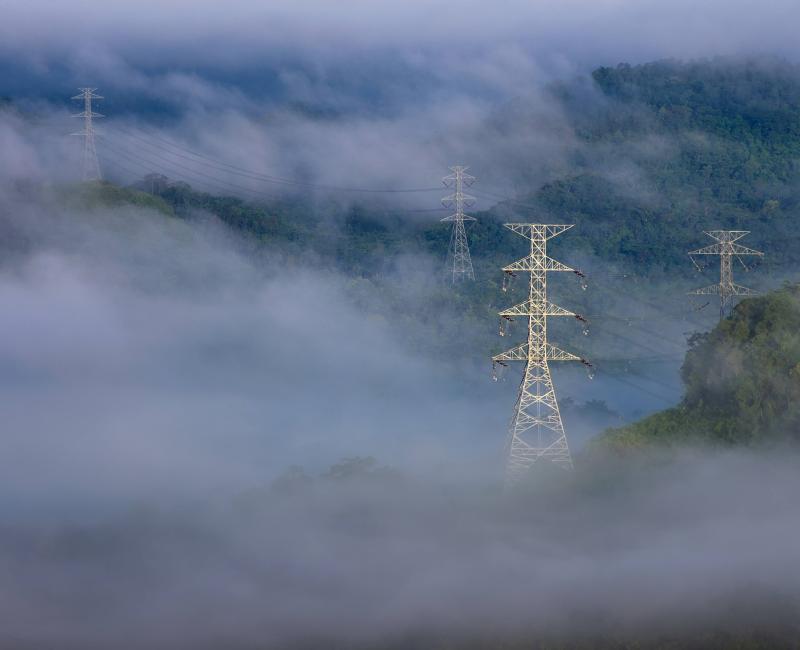
ACER amends the EU electricity balancing rules to improve the efficiency of the PICASSO platform
What is it about?
Today, ACER issued two decisions that amend the EU electricity balancing rules including the implementation framework for the PICASSO platform and the balancing pricing methodology on all EU balancing platforms.
Balancing the supply and demand for electricity is key for the stability of the power system. To help maintain grid balance, Transmission System Operators (TSOs) activate balancing energy from parties like generators, storage providers or others who can quickly adjust the electricity they feed into or withdraw from the grid.
Sharing balancing energy between countries builds electricity resilience in Europe and saves money. The Electricity Balancing Regulation was introduced in 2017 to regulate the smooth exchange of balancing energy across borders.
Balancing platforms
Since then, TSOs, the national regulators and ACER have done much work to progress towards a pan-European electricity balancing market that would make the activation of balancing services cheaper for the European consumers. PICASSO, MARI and TERRE are the TSOs’ projects establishing the three European electricity balancing platforms.
The PICASSO platform was launched in June 2022 for the exchange of the automatic frequency restoration reserve (aFRR). Currently, the platform is used by the TSOs of Germany, Austria and Czech Republic. The end of the legal derogations for European TSOs to connect to this balancing platform is July 2024.
Since the PICASSO platform started operating, some inefficiencies have been observed. To address them, in February 2024 TSOs proposed changes to the rules governing how:
- TSOs reflect their demand in the PICASSO platform;
- prices are set in the platform.
ACER believes that making the PICASSO platform operate efficiently is important to build trust in the market and secure the timely connection of more TSOs which, in turn, will bring more liquidity ensuring a better coordination across Europe and cheaper costs for consumers.
The end of the legal derogations for European TSOs to connect to this balancing platform is July 2024.
What are the main amendments?
With its Decisions 08/2024 and 09/2024 released today, ACER has revised the TSOs’ proposals, and amended the following rules:
- The pricing methodology which establishes a harmonised approach for calculating prices across the EU balancing platforms, including the PICASSO platform. ACER has made changes to the way the cross-border marginal price is computed and to the technical price limits.
- The implementation framework which describes the design of the PICASSO platform. ACER has introduced the possibility for TSOs to use an elastic demand, so that they can efficiently reflect the trade-off between extra costs and better frequency quality.
To inform its decision-making process, ACER engaged with stakeholders via a public consultation (March-April 2024) and a webinar (held in April 2024).
What’s next?
European TSOs have one month after the adoption of ACER’s decisions to implement the required changes in the electricity balancing platforms.
ACER points to the pressing need for electricity system operators to maximise the electricity transmission capacity for trading with neighbours
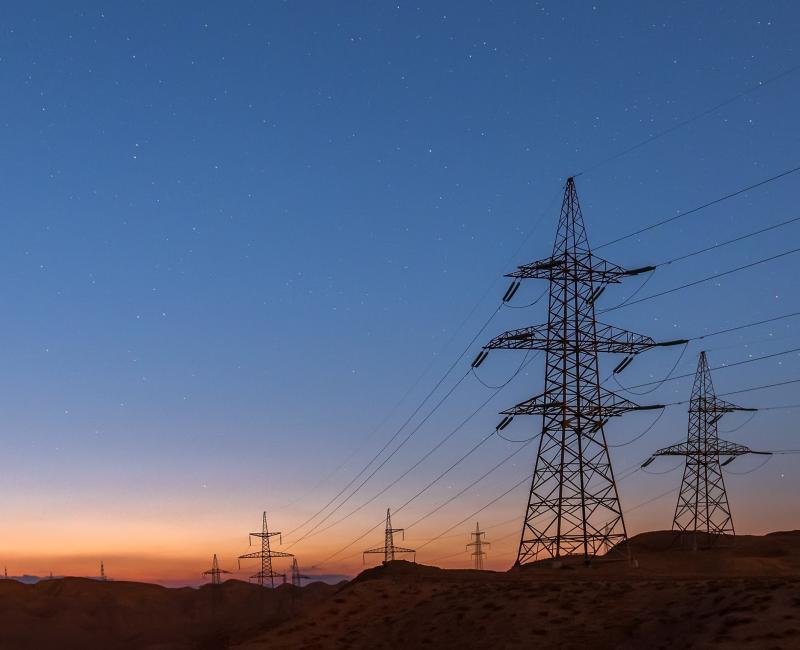
ACER points to the pressing need for electricity system operators to maximise the electricity transmission capacity for trading with neighbours
What is the report about?
Today, ACER publishes its 2024 Market Monitoring Report on capacities for cross-zonal trade of electricity (including the progress in reaching the so-called ‘70% requirement’) and congestion management.
ACER highlights the urgency for Transmission System Operators (TSOs) to meet their obligation of making 70% of transmission capacity available for cross-border electricity trading by the end of 2025.
What are ACER’s key findings?
Already in April 2024, ACER alerted the European Parliament and Commission that there is much at stake in not meeting the minimum 70% requirement by the end of 2025 and that there are still significant challenges ahead to do so.
Today’s report by ACER finds that:
- The EU power grid is increasingly congested (remedial actions like redispatching rose by 14.5% in 2023). The cost of managing this congestion in 2023 was EUR 4 billion.
- Some TSOs in highly meshed areas of the EU power grid made available, on average, between 30% and 50% of the physical capacity of certain network elements in 2023, thus far from reaching 70%.
- There are still significant benefits from improving how cross-zonal capacity is calculated in the EU, as demonstrated by the introduction of flow-based market coupling in the Core region.
Furthermore, the recent report by the European Commission’s Joint Research Centre forecasts that power grid congestion will significantly worsen in the coming years, even in an optimistic grid development scenario.
How to meet the 70% minimum requirement by the end of 2025?
Meeting the 70% requirement needs a unified approach – each Member State’s actions (or inactions) impact others and ultimately EU consumers. ACER calls for the swift implementation by Member States and TSOs of the 3 tools foreseen by EU rules to reach the 70% minimum requirement:
- TSOs to swiftly implement coordinated processes to first calculate capacity and then manage congestion. Moving toward a more regional approach will ensure that the Member States causing loop flows will bear their cost, allowing for more capacity to be made available.
- TSOs to undertake targeted grid developments, focusing on most congested areas of the grid.
- Improve the bidding zones configuration: if consistently unable to meet the 70% requirement, better align the bidding zone borders with where the structural grid congestion occurs.
What’s next?
10 July 2024: ACER-JRC webinar. Register (for free) to learn more about the topic.

